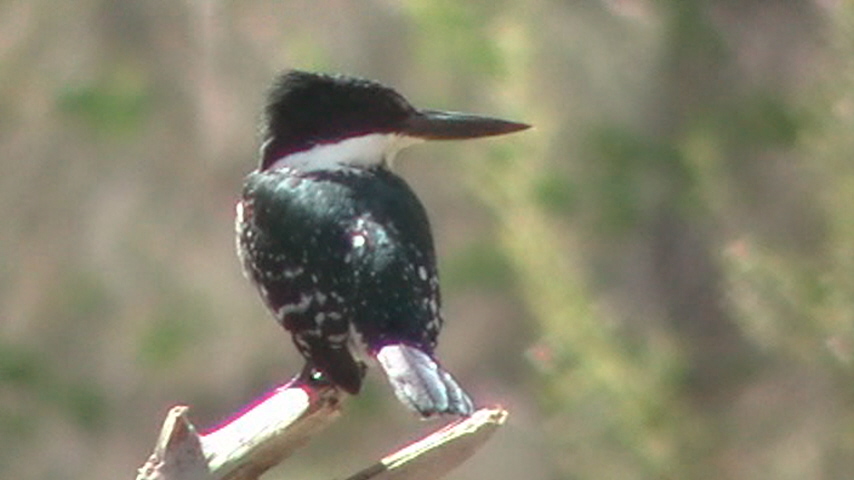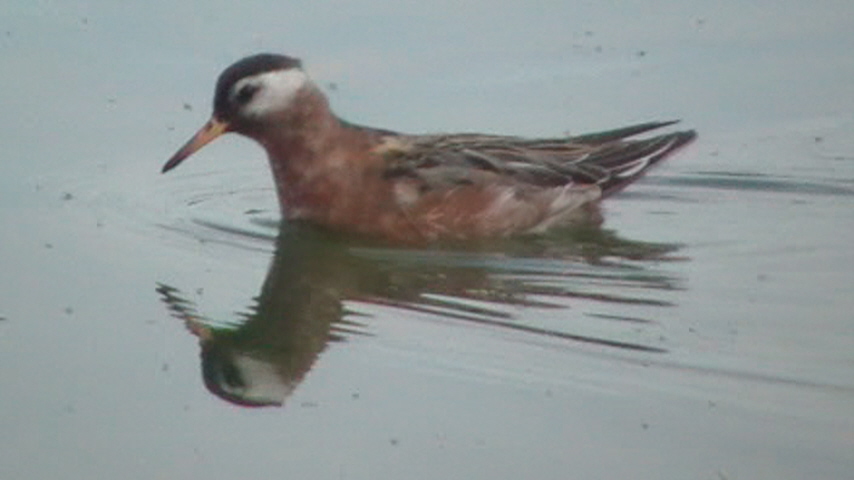Expedition Ideas
A list of different expeditions and suggestions are presented on this page for a trip that may interest you with me as your guide. Of course, these are just suggestions, feel free to ignore these options and come up with your own itinerary and list of birds you would like to see. As mentioned on the other page, this is your trip :) If one of these expeditions meets your exact needs, than choose that package!
I do offer two time frame options on a given day, a half day up to 4 hours and a full day that lasts for 8 or more hours. On full days, I will provide a lunch (for up to 4 clients) if that interests you! See my rates page for the cost of these trips. If you want to go for more than one day by staying overnight somewhere, I am also available for those options.
What to expect when birding in the Phoenix Area? :
-The Phoenix area generally has two seasons, summer, and winter, as far as the temperature goes. From May through October, days get very hot. It is essential to bring plenty of water (which I will carry plenty of!) and snacks. Sunscreen is important to bring on such days also. When birding in these lower elevations during the hot time frames, consider starting at lower elevations for a few hours before it heats up. There are many interesting birds in the higher elevations that we can find with comfortable temperatures. In the cooler months, particularly November through March, the temperatures are beautiful and it is very easy to bird for an entire day. If birding in Phoenix, it may be very cold on some early mornings and evenings, so bring warm clothes in that case (layers are sometimes needed!). Be sure to bring appropriate hiking shoes for our birding expedition.
-My birding expeditions suit any birder at any level of knowledge or fitness. It's up to you how far you want to walk and the level of difficulty per trip. Most of the target species can be found in comfortable hikes.
-Arizona has many outdoor hazards which include rattlesnakes, Black Bears, Mountain Lions, poison ivy, and more. The biggest hazzard is the heat, especially in the Phoenix area.
Tommy's Birding Expeditions: Tours in Maricopa County and throughout central Arizona
About Maricopa County and Central Arizona: Birding in the Phoenix area and throughout Maricopa County is very rewarding. Maricopa County is the 15th largest county in the United States by area and is the 5th largest county in Arizona. Most of our out of state visitors commonly think of the area surrounding Phoenix and Arizona in general as a "desert only" scenic makeup. But the area is actually very diverse in it's habitats. These habitats range from the lowest and hottest deserts to pine and fir forests that exceed 7000'! With this habitat makeup, you know this area also has to have equally diverse birdlife to be seen! The Phoenix area has rewarding birding whether birding in spring, summer, fall, or winter.
Some of the highly sought after species to be seen in the Phoenix area include Le Conte's, Bendire's, and Crissal Thrashers; Gray Vireo, Black-chinned Sparrow, Juniper Titmouse, Zone-tailed Hawk, Common Black-Hawk, and the established Rosy-faced Lovebird (which has recently been added to the ABA list as an established exotic, so it is countable!). Aside from these attractive species, other cool birds include the many regular desert birds that are limited to the southwest such as Harris's Hawk, Elf Owl, Gambel's Quail, Greater Roadrunner, Anna's and Costa's Hummingbirds, Gila and Ladder-backed Woodpeckers, Gilded Flicker, Cactus Wren, Curve-billed Thrasher, Black-tailed Gnatcatcher, Lucy's Warbler, Abert's Towhee, and Black-throated Sparrow. This area is also great to see a variety of other species that are found in southwestern and western North America, whether they are resident, migratory, or wintering birds. Other neat species found among the many throughout the diverse habitats of central Arizona throughout the year include Black-bellied Whistling-Duck, a variety of wintering waterfowl, American White Pelican, Least Bittern, Bald and Golden Eagles, Northern Goshawk, Ferruginous Hawk, Sandhill Crane, Mountain Plover, a variety of migrating shorebirds, Northern Pygmy-Owl, Burrowing Owl, Western Screech-Owl, Lesser Nighthawk, Common Poorwill, Crested Caracara, Peregrine and Prairie Falcons, Greater Pewee, Dusky-capped Flycatcher, Plumbeous and Hutton's Vireos, Western Scrub-Jay, Bridled Titmouse, Black-throated Gray, Olive, Grace's, Virginia's, and Red-faced Warblers, Painted Redstart, Rufous-crowned and Sagebrush Sparrows, Hepatic and Western Tanagers, Scott's, Hooded, and Bullock's Orioles, and Lawrence's Goldfinch. Over 450 species have been found throughout central Arizona.
NOTE: I am currently in the process of obtaining a permit from the Tonto National Forest for guiding. Until that permit is obtained, I won't be able to guide on the Tonto National Forest's lands. Hopefully I can have that permit soon!
Expeditions: Which one do you want to go on?
Year Round
Le Conte's Thrashers and other Key Targets: The Phoenix area holds the best place in the United States to see the elusive Le Conte's Thrasher. This location, which is referred to as the "Thrasher Spot", is west of the town of Buckeye at the intersection of Baseline Road and the Salome Highway. It is productive year round for the highly sought-after Le Conte's Thrasher, although January through March is the most productive time for the birds as they are breeding and singing on territory. Other than the Le Conte's Thrasher, the Crissal and Bendire's Thrashers also breed here and may be found year round. Like the Le Conte's Thrasher, they also sing on territory in the earlier months of the year and are easier to locate then. Despite the time of year, the Thrashers are located with patience. Aside from these thrashers, this location is also home to wintering and migrating Sage Thrashers and Sagebrush Sparrows. A four thrasher day is common during this time frame. After the thrashers, we can then head into Phoenix for the established Rosy-faced Lovebird, which is now accepted by the ABA as a countable bird. Phoenix's Encanto Park is a top notch location for observing the Lovebirds. Depending on the time of year, we can make this into a long day by going for the other key targets in the area, such as Gray Vireo, Black-chinned Sparrow, and Common Black-Hawk northeast of Phoenix.

The Desert Birding Bomb!: Are you a traveling birder and have your eyes set on those regular desert birds that you have never seen before? Well, this expedition is for you. We'll spend our entire day looking for and studying these awesome specialties of southwestern North America. Most of them may be found on most days. Being in the Phoenix area, there are dozens of different options of where we may go due to the fact that the awesome desert is everywhere! In the cooler months, this is easy, but on the hotter months, this can be done by using my half-day option and by starting very early. Are these desert birds calling your name?....

Late Fall and Winter
Thrashers and Raptors and Cranes, oh my!!!: This expedition is a fun and interesting one. It will feature Thrashers and Raptors and Cranes. Oh my! They won't hurt you like Lions and Tigers and Bears, and will leave you feeling good at the end of the day. Choose this expedition if you would like to see a variety of different species, highlighted by these three categories. This expedition will last all day, and it will take place southwest of Phoenix near the towns of Palo Verde, Buckeye, Arlington, and south to Gila Bend. We will stop at the Thrasher Spot to look for Le Conte's, Crissal, Bendire's, and Sage Thrashers....yes, a four thrasher stop. Also at the Thrasher Spot are other cool birds to see, such as Loggerhead Shrike, Sagebrush Sparrow (formerly Sage Sparrow), and a variety of desert birds. The surrounding area of the Arlington Valley, Paloverde, and Buckeye has extensive farmland and agricultural fields. These areas are the best for viewing raptors during winter in Maricopa. The variety of raptors often includes White-tailed Kite, Osprey, Bald Eagle, Northern Harrier, a plethora of different Red-tailed Hawk colors, subspecies, and morphs, Ferruginous Hawk, Merlin, Prairie and Peregrine Falcons, American Kestrel, and Burrowing Owl. These fields are also the wintering home to several hundred Sandhill Cranes, which are a spectacular sight. Besides Thrashers and Raptors and Cranes, the area also has the Gila River nearby as well as several ponds. The route is also good for geese and ducks, as well as gulls, Long-billed Curlew, White-faced Ibis, and a variety of passerines that are associated with grassland habitats. This is an excellent area to view and study sparrows.

The Winter Waterfowl Expedition: Want to learn more about geese and ducks? The Phoenix area is the wintering home to a variety of wintering ducks and geese. Most of these ducks are in their spectacular breeding plumage during these months and are amazing to observe. Male and female species may be observed together, and many species are often observed together for good comparisons. 23 geese and duck species may be found in the Phoenix area during the winter regularly, and also may include rarities such as a Eurasian Wigeon, Greater Scaup, Red-breasted Merganser, or even a Scoter species. These species consist of Black-bellied Whistling Duck, Greater White-fronted Goose, Snow Goose, Ross's Goose, Canada Goose, Wood Duck, Green-winged Teal, Mallard, Northern Pintail, Blue-winged Teal, Cinnamon Teal, Northern Shoveler, Gadwall, American Wigeon, Canvasback, Redhead, Ring-necked Duck, Lesser Scaup, Common Goldeneye, Bufflehead, Hooded Merganser, Common Merganser, and Ruddy Duck. Seeing a lot of cool ducks in one day sounds like a fun day, huh? For this expedition, we have a lot of ground to cover, from Tres Rios and Glendale Recharge Ponds to cover in the west, Scottsdale and Phoenix as the central point, and Fountain Hills Lake to the east. That is just a suggestion (but a helpful one for seeing these waterfowl), as there are many ponds to search for these awesome birds at throughout the Phoenix area. I carry a very high definition and high power spotting scope, and your views of these birds will be great!! Also, we will see other neat waterbirds such as grebes, herons, shorebirds, and possibly the occasional loon. We'll also see plenty of raptors and different songbirds. What is themed to be an epic day of waterfowl viewing will also result in seeing many other neat birds.
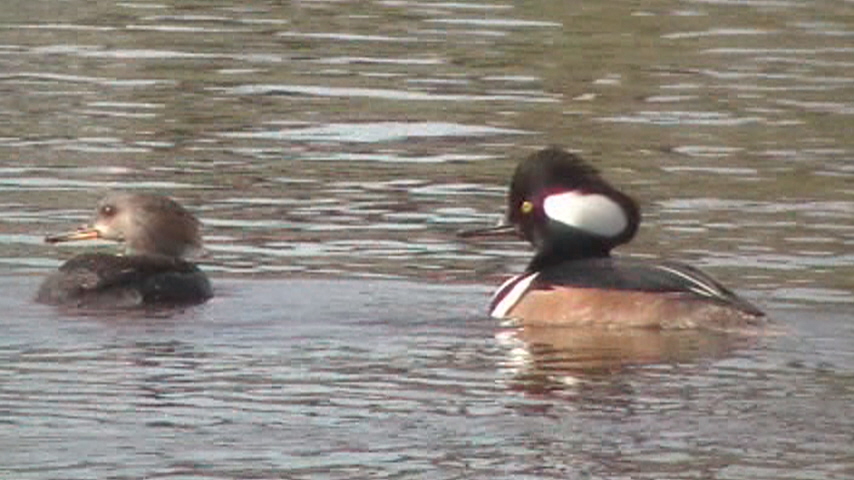
Fall through Spring (everything except summer!!)
These expeditions are set in time frames where birding is very productive in all seasons with the exception of summer (due to the heat!) within the limits of Maricopa County. The birding is still good in the summer, but the time frames are of course extremely limited before the heat sets in.
Tres Rios Overbank Wetlands and Glendale Recharge Ponds: The Tres Rios Overbank Wetlands is slowly becoming the most productive birding location in Phoenix. Over two miles of wetland habitats are passed when birding this area. It is excellent for a fantastic variety of birds including Black-bellied Whistling-Duck, the elusive Least Bittern (who is always heard but is more often unseen), an abundance of wintering waterfowl and raptors, American White Pelicans, huge flocks of Yellow-headed Blackbirds, and many other resident, wintering, and migrating songbirds. This area is an awesome location for practicing field identification due to the variety of birds that are present. Day lists in late fall and winter commonly number 80 species or more, and your guide even recorded 102 species in an all day 13 hour effort. A permit is required for birding at Tres Rios, which your guide already has :) Tres Rios has spectacular birding, and is a must visit. Nearby are the Glendale Recharge Ponds. These ponds consist of six large basins and these basins have fluctuating water levels that may change by the day. The Glendale Recharge Ponds are the best in the Phoenix area for viewing shorebirds, especially during the hot months during August and September. One morning once held 21 shorebird species in one basin during August! The ponds also attract a high amount of waterfowl, terns, gulls, and raptors annually. This location has had an overwhelming amount of rarities found since it's birding origin in 2009.
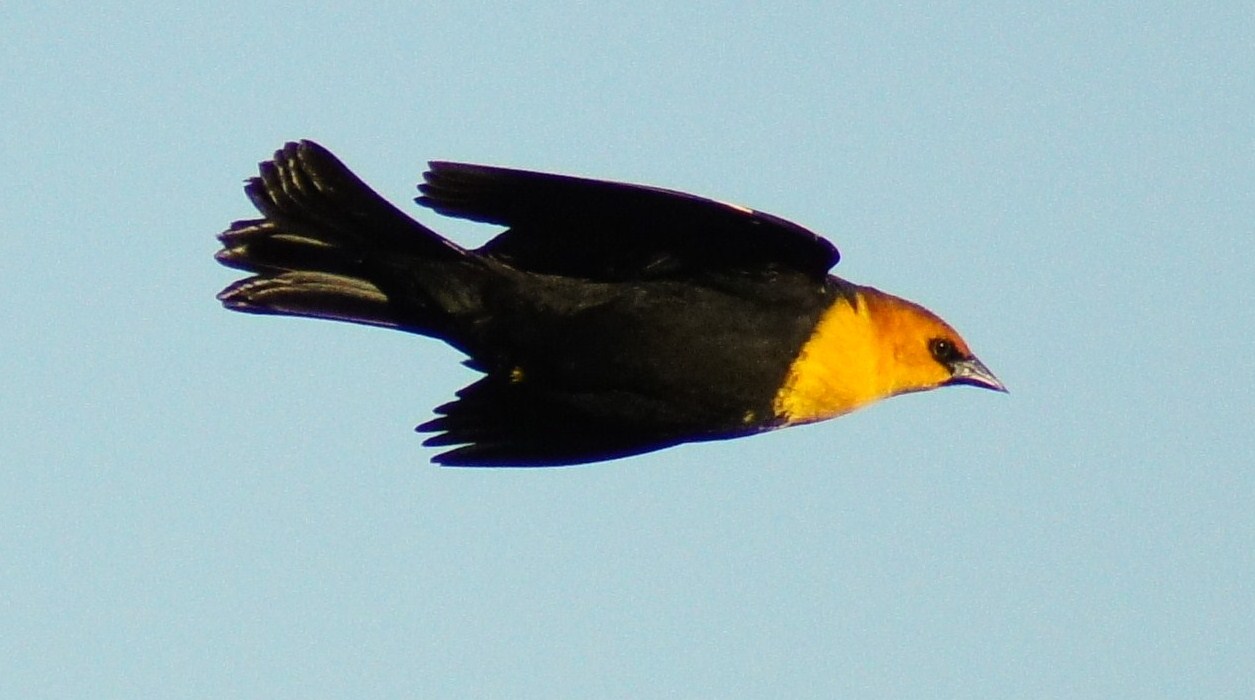
Gilbert, Mesa, and Chandler Area: Gilbert is home to the Gilbert Water Ranch, which is the Phoenix area's most famous birding location. Over 270 species have been found and documented here, which includes some of the state's rarest finds such as Baikal Teal, Streaked-backed Oriole, and many more. Spring, Fall, and Winter are excellent here, and most of the days during these seasons commonly produce 60 or more species. If you want to see an amazing variety of birds from desert specialties, numerous migrants, and flashy waterfowl up close, the Gilbert Water Ranch is an excellent choice. The Gilbert and Chandler area also has other parks and ponds such as the Higley Road Ponds and Veterans Oasis Park that hold excellent birding opportunities that can easily last us a full day. The nearby Red Mountain Park in Mesa offers your best chances at a killer look at an "urban" Bendire's Thrasher. This entire area has great potential.

Immediate Phoenix and Scottsdale: The immediate areas of Phoenix and Scottsdale offer many good birding locations. One is South Mountain Park. This is the largest city park in the United States, and it is one of the best for viewing our desert birds. The Desert Botanical Garden is another good location. The desert birds are also found here and a very cooperative for photography, and the diversity of plants in the Garden is worth your visit. A stroll across Tempe Town Lake is a great place to see wintering waterfowl and grebes, as well as Brown Pelicans throughout the year. Bald Eagles and Opsrey are commonly present during the winter.
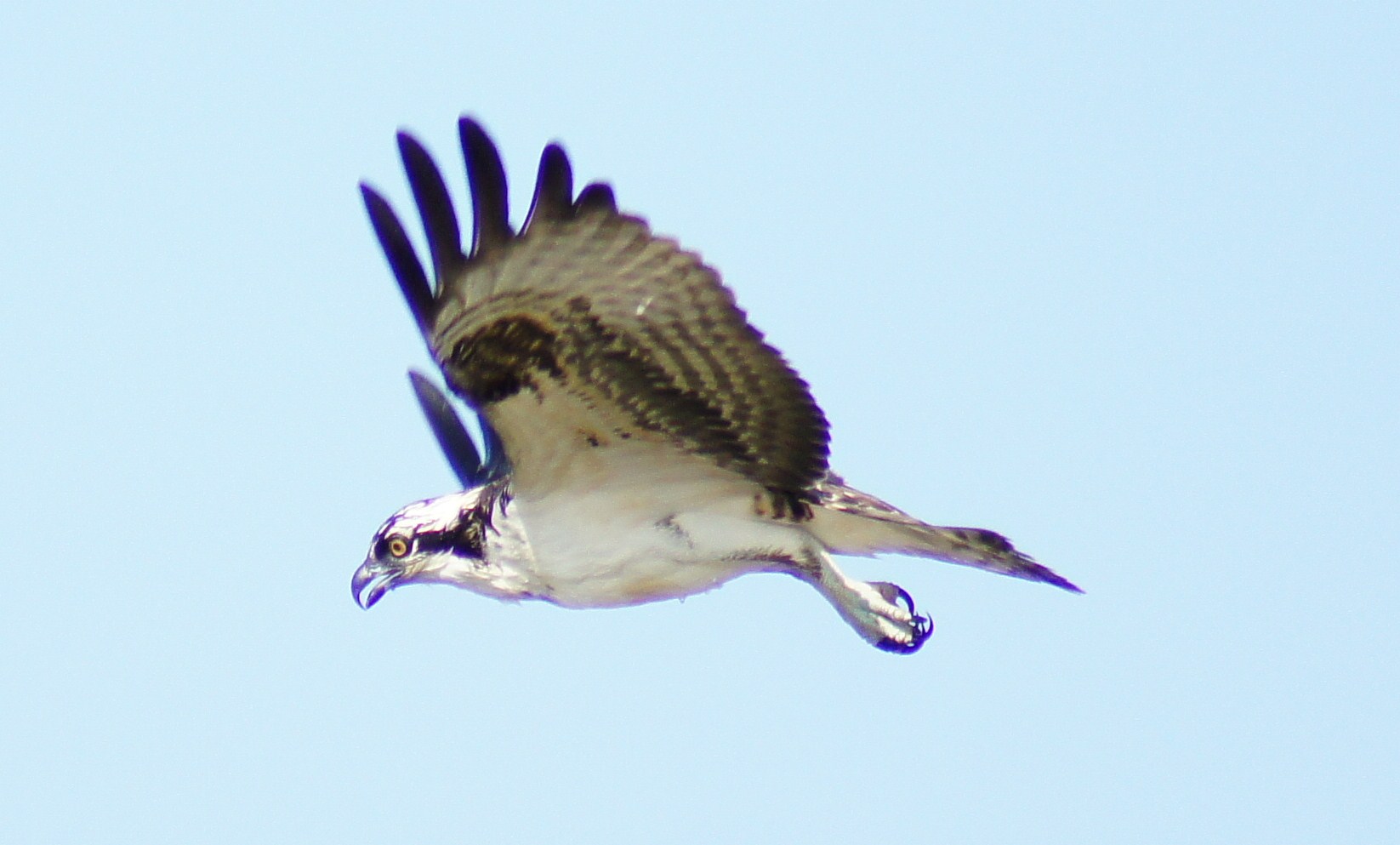
|

